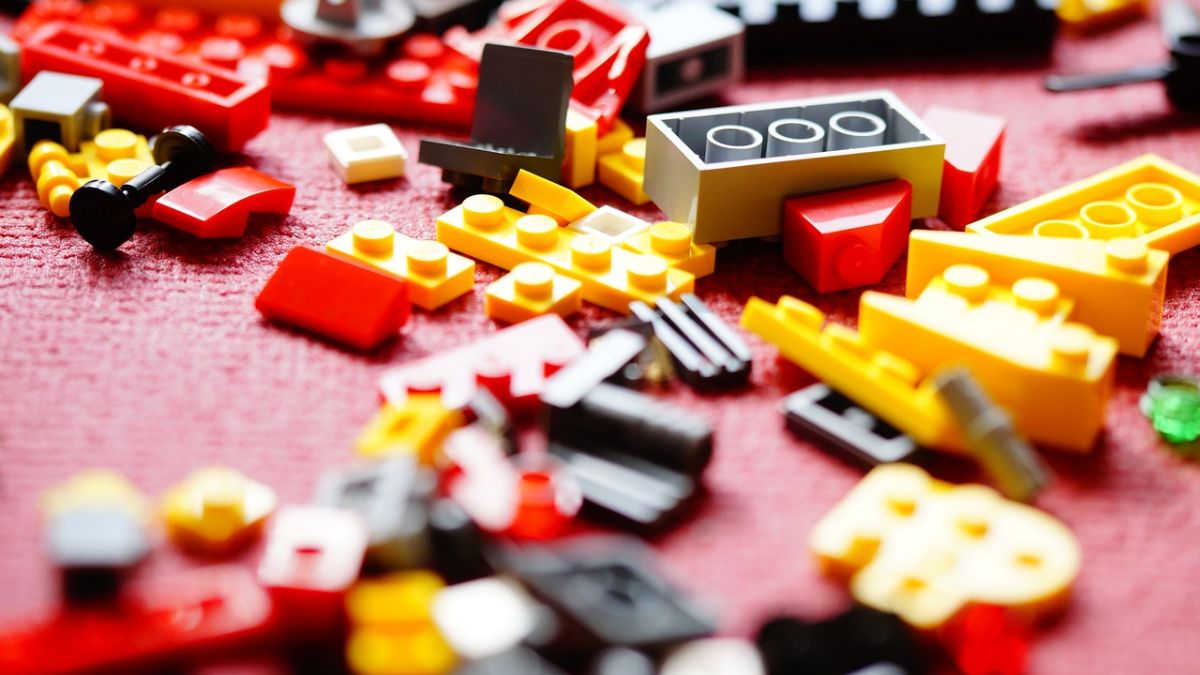When one thinks of investment, traditional assets like stocks, real estate, and gold come to mind. However, there is a surprising contender among these: Lego sets. That’s right.
The beloved plastic brick toy sets actually have great potential as investments. In fact, they have given better returns that some of the best-performing traditional assets.
We explain what the data says about “Lego investing” and why prices of Lego kits go up multifold over the years.
Lego investing
Lego investing involves purchasing and reselling Lego sets for profit. Unlike other collectibles, Lego sets are mass-produced. However, certain sets become rare over time, especially those discontinued or released in limited editions as part of collaborations with franchises like Star Wars or Harry Potter.
A Lego investor can buy these sets at retail prices and sell them later, often at significantly higher prices due to their increased rarity and demand.
The Surprising Returns of Lego Investing
Victoria Dobrynskaya, an assistant professor at Russia’s Higher School of Economics, and Julia Kishilova researched Lego investing and wrote about it in a paper in 2018.
As part of the study, they analysed 2,300 Lego sets sold from 1987 to 2015.
The research revealed that Lego sets have outperformed large stocks, bonds, and even gold over the 28-year period. Reselling these toys provided an annual return of 11 per cent, beating the annual returns offered by large-cap stocks and bonds in the United States.
Impact Shorts
More ShortsIn one remarkable example, a Star Wars Darth Revan kit that retailed for $3.99 in 2014 was sold for $28.46 on eBay just a year later—a 613 percent increase. Such instances underscore Lego’s potential as a lucrative investment.
The research revealed that smaller sets often yielded higher returns, a phenomenon somewhat akin to the ‘small-firm effect’ in stock market investing where smaller companies can sometimes yield disproportionate gains.
Behind the price rise of Lego sets
There are several features, which make LEGO bricks different from ordinary toys and create an investment potential.
The most important among these is the interest shown by adult fans of Lego (AFOLs). The long history of the brand means that there are several adults, especially those in their 30s and 40s, who are looking to buy Lego kits because it is nostalgic.
Demand for old and discontinued kits in the second-hand market is often driven by the sheer enthusiasm as well as the financial means of AFOLs. Picture this: a child’s parents are unable to buy a particular Lego set because it is rather expensive for a toy. The child grows up and has the means to buy the set now. They are perhaps looking for the set because it is an important part of their childhood memories. If the set is not sold by the company, they might be willing to buy it from the secondary market at a higher price.
Another important factor is the supply of the sets diminishing over time not only in the primary market, but in the secondary one as well.
This has to do with Lego Group’s policy to release new sets continuously and generally not to repeat older sets in production. The company does this to attract children and make high profits.
However, if a collector wishes to buy a retired set, they can only do this on the secondary market. The number of sealed sets in resellers’ hands limits the supply here. Once sets are bought and opened, they leave the secondary market, and the total supply drops. Therefore, over time, it becomes more and more difficult to buy older sets, and their prices increase.
Rare or limited-edition Lego sets have the potential to provide a quicker return on investment. However, for common sets, one may have to wait for years before they become rare on the secondary market to yield a positive return. In this way, investing in Lego is similar to investing in other alternative consumable items, such as art or fine wines.
The high returns also come from the underpricing of collectible sets on the primary market. Lego has a policy of marginal cost pricing. That means that the compnay decides the price of each set based on how much plastic has been used to produce it. But the value of the set, as seen by buyers, may be much higher based on things like the set being associated to a franchise like Star Wars, or unique pieces or characters in the set, its rarity etc.
A Lego set that goes on to become really popular after it is retired would be priced the same as any other ordinary set.
Not just Lego
While Lego’s investment potential is notable, it’s not the only toy that can fetch high prices on the resale market. Collectible dolls and action figures, particularly those that are rare or were recalled, can achieve impressive returns. For instance, a mint condition multipack of seven Star Wars figures from “The Empire Strikes Back” was sold for £21,242 at a Sotheby’s auction.
Similarly, vintage board games like Dungeons and Dragons, particularly rare editions, are also valuable. A fifth printing of a vintage white box set was listed on eBay for £559, with first printings potentially worth much more.
Returns and risks
While the high returns on toys like Lego, dolls, and board games are intriguing, their performance compared to traditional investment assets like stocks and gold remains less explored. The primary appeal of investing in toys lies in their nostalgia and cultural significance, which can drive prices up as collectors seek to own a piece of their childhood or complete their collections.
However, the market for collectible toys also carries risks. It is less liquid than traditional markets, and values can fluctuate based on trends and the popularity of the themes associated with the toys. Additionally, unlike stocks and bonds, toys do not generate income through dividends or interest, and their value is entirely dependent on what others are willing to pay.
)